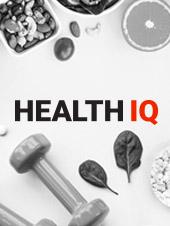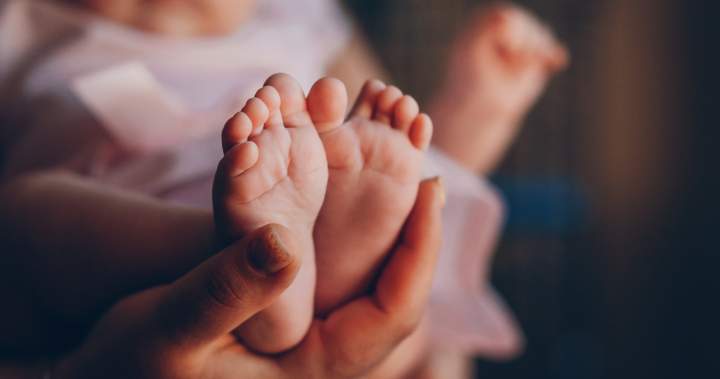Eight babies in the UK are born using third party DNA, eliminating the risk of developing fatal genetic diseases.
Called the Three Technique by the BBC, this method was pioneered by a group of British scientists based in Newcastle, and was donated by women to combine mother and father eggs and sperm with the healthy DNA of a second egg, to eliminate the risk of infants developing mitochondrial disorders.
This technique has been legal in the UK for 10 years, but evidence is only beginning to emerge that it is effective and leads to children born without illness.
Mitochondrial disorders are transmitted only by the mother to the baby, depleting the body of the energy needed to sustain life. It can also cause severe disorders, causing some babies to die within the first few days of birth.
The National Institute of Neurological Disorders and Strokes states that such disorders can affect one or many parts of the body, including the brain, muscles, kidneys, heart, eyes, and ears.
Children born with three technology inherit most of the DNA from their parents, but about 0.1% is passed through the donor eggs and through future generations.
Around one in 5,000 babies are born with mitochondrial diseases, but this new technology means couples who may have lost one or more children to a fatal disorder.
Embryo selection of IVF, light micrographs.
Eight couples using this method to have children chose to remain anonymous, but share a statement detailing their experiences through the Newcastle Fertility Center where procedures were made.
“After years of uncertainty, this treatment gave us hope, and it gave us a baby,” the mother of a baby girl said, as reported by the BBC.

Get weekly health news
Receive the latest medical news and health information provided every Sunday.
“We now see them, we are full of life and possibilities, and we are overwhelmed by gratitude,” she continued.
Another mother of the boy said, “Thanks to this incredible progress and the support we received, our little family is perfect.”
“The emotional burden of mitochondrial disease has been lifted, and there is hope, joy and deep gratitude in the place,” she added.
More details on science and technology
How the procedure works
This science opened in 2017 at Newcastle University and Newcastle a upon Tyne Hospital NHS Foundation Trust more than a decade ago.
The mother and donor female eggs are fertilized in the lab using dad's sperm.
Two embryos develop until DNA from the sperm and eggs are extracted from a structure known as pronuclei, determining their characteristics, such as hair color and height.
Trend now

Canada's income gap is reaching record highs, Statistics Canada finds

Emma Watson banned driving after being caught for speeding
Pronuclei is then removed from both embryos and the DNA of the parents is placed in the donor embryo in healthy mitochondria.
Two reports from the New England Journal of Medicine documented 22 families who underwent a process at the Fertility Center in Newcastle, leading to the birth of four boys, four girls, a set of twins and an existing pregnancy.
“It's great to see these babies thriving and developing, seeing the relief and joy of the faces of these babies' parents after such long waits and fear of consequences.”
All babies born to date have been born without mitochondrial disease and have met developmental milestones.
One child was born with epilepsy, but reportedly it has left itself, while the other has an abnormal heart rhythm and is effectively treated. Neither is thought to be associated with defective mitochondria, but it is unclear whether it is associated with the risk of IVF, the method of three, or those detected due to intense medical observation.
Also, there is still question as to whether defective mitochondria could be transferred to healthy embryos and potential consequences.
In five cases, no diseased mitochondria were detected. In the other three, between 5% and 20% of mitochondria had defects in blood and urine samples.
Nevertheless, detection rates are below the 80% level, which is thought to cause disease. Still, further research is needed to understand why the defective transfer occurred and whether it could be prevented.
Professor Mary Herbert, a former student at Newcastle and Monash University, told the BBC: “The findings provide a basis for optimism, but research to better understand the limitations of mitochondrial donation techniques is essential to further improve treatment outcomes.”
The UK was the first country in the world to legalize the process that took place in 2015, as well as science development.
This procedure is illegal in Canada and most other countries, but it is also available in Australia and Ukraine. Global News asked Health Canada for comment, but did not respond to a publication time.
&Copy 2025 Global News, a division of Corus Entertainment Inc.

